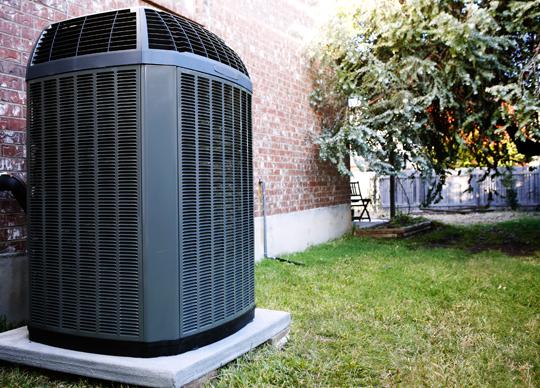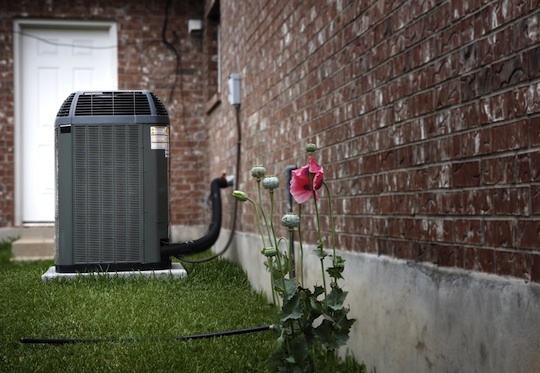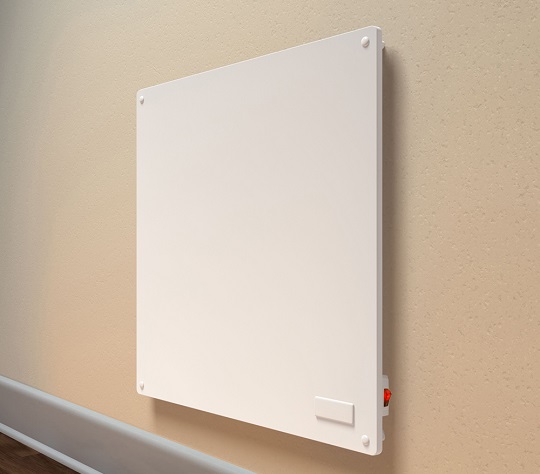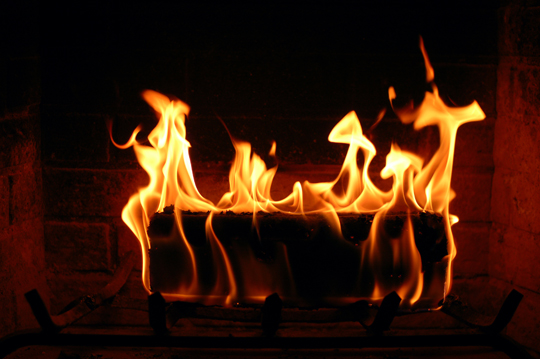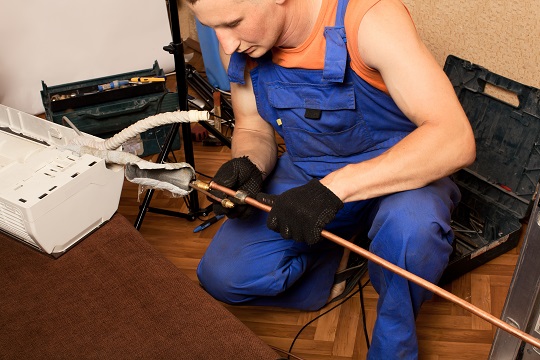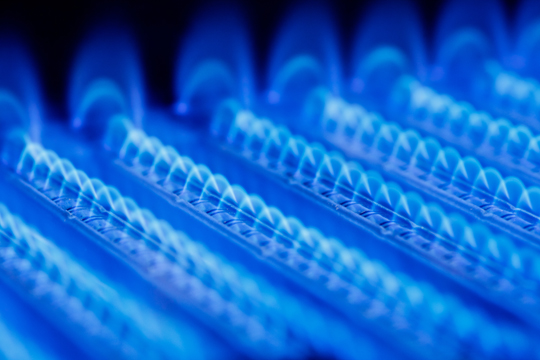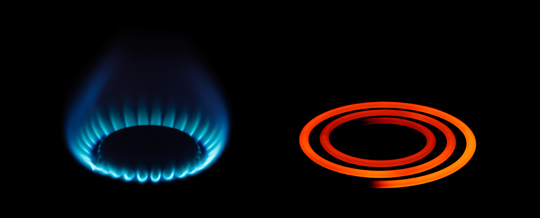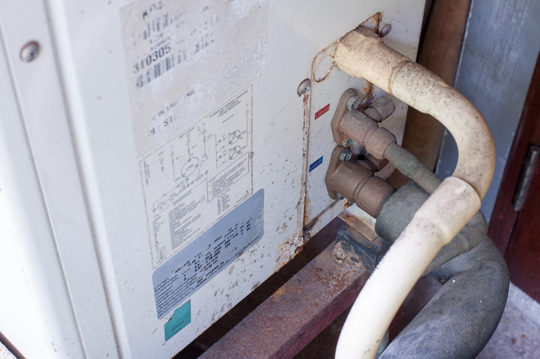Air conditioning units have numerous components but the most common problems with central air conditioning involve only three parts. By troubleshooting and replacing these major air conditioner parts, your unit could be working soon without you have to call in a professional.
Check the Furnace
1. First, make sure the furnace is working fine. Turn the thermostat to run on air conditioning mode at a lower temperature. The furnace fan should start right away if it has no problems.
2. If it doesn’t kick in, turn off the circuit breaker, and turn it on right after to sort of reboot it.
3. If the furnace fan still fails to function, call in a professional.
4. You should also look at the outside unit of the air conditioner. Both the fan and compressor should be operating and, if they’re not, follow the tips and suggestions below.
Check Important Air Conditioner Parts:
– Contactor: Clean out the contactor relay of any debris by blowing compressed air all around its sides. Replace the contactor if some debris cannot be removed. Restart the unit.
– Capacitor: Discharge old capacitors by clipping a jumper lead to the resistor pack’s individual ends. Attach the opposite ends to screwdrivers with insulated handles and touch these to the capacitor terminals. Caution: The capacitor should be discharged first before you disconnect or remove wires.
– Fan Motor: The last of the air conditioner parts to check when you’re having problems with your central air conditioning is the fan motor. Its studs should be aligned with the fan guard’s (or condenser cover) holes. Tighten the acorn nuts. Put in the fan blade and electric connector. Slip in the wiring of the new fan.
Caution
Before removing access panels or handling connectors, make sure the unit and the furnace circuit breakers are turned off. Use a voltage tester on the wiring connected to the contactor to check whether the power supply is off.
Be careful in buying replacement air conditioner parts. Choose reputable local A/C dealers and appliance parts stores. You will need to take note of the make and model of your unit as well as the serial numbers on the outdoor unit.
When to Call in a Pro
After performing the tips above, test if the condensing unit will start up. Put back the access cover and outdoor disconnect block. Bring up the thermostat. Switch on both the air conditioner and furnace circuit breakers.
Allow about 15 minutes for the electrical components to reboot. Next, lower the thermostat, which should make the condensing unit start working. If this doesn’t happen, allow up to an hour for the system to adjust completely, and then repeat the steps above.
If the condensing unit still fails to run, then call in a professional to take a look at your unit. For help finding the right person to do the job, use Seva Call. We’ll do the searching for you free and connect you with the right professionals.

